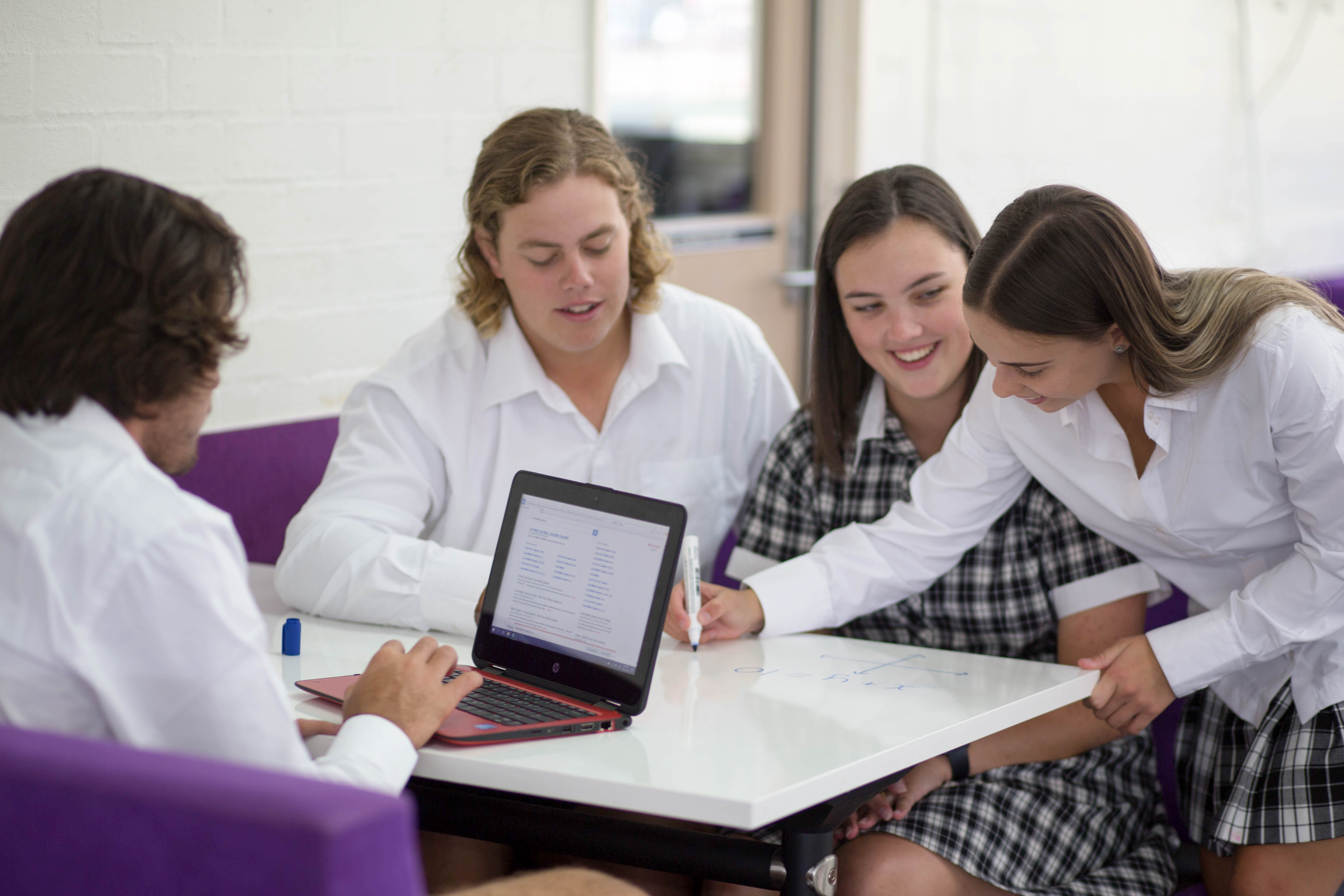On this page
Download this Fact Sheet:
Fact Sheet: Using online tools for mental health promotion (165.1 KB, PDF)
Building knowledge and confidence
Provide the most effective support by knowing what online tools are available and how to use them.
To stay up to date with the latest online tools and supports, you might like to consider the following:
- Take an open and curious approach about your own use of online tools for mental health promotion.
- Use the Be You Wellbeing tools for children and young people guide to help you find trusted online tools and supports.
- Engage in ongoing professional learning and skill development. This can help you learn about online mental health sites, apps and services available to help children, young people and families. Learn how they can be used – some may be useful for helping students understand mental health and wellbeing, while others may be relevant for use across the whole school community.
Engaging children and young people in schools
Talk to children and young people at your learning community about the online tools they might be using – whether for mental health promotion or other reasons. You can start by:
- encouraging children and young people to critique the types of mental health support and information available online and encouraging them to use reputable and evidence-based sites
- asking them to identify what online tools or apps they or others in the service or school are using
- selecting a mental health tool from Be You’s Wellbeing tools for children and young people guide, then running a group discussion about it
- involving them in exploring ways online tools can be used safely to support mental health and wellbeing
- incorporating student voice into whole-school planning approaches to effective and safe use of technology
- providing information about the school’s approach to using technology for mental health promotion
- directing children and young people to evidence-based information that can support their mental health and wellbeing
- making available information about a range of confidential supports and services, enabling them to reach out when they may not be comfortable seeking support in their learning community
- recommending safe and accessible places for children and young people to connect with others who have similar experiences or interests, such as online mental health support groups.
Remember, your students are a great source of information and know-how.
Acknowledging their unique insights into new online tools and involving them in decisions and planning around the use of mental health technology in the classroom will help empower them in their own mental health support.
What can early learning services and schools do?
Most early learning services and schools engage with the online world everyday – for a range of activities related to learning and development.
When thinking about how online tools can be promoted as a mental health and wellbeing support for children and young people, services and schools need to:
- consider the ways in which the online tools you use intersect with mental health, wellbeing and anti-bullying policies, mental health procedures and referral pathways, and curriculum
- regularly review policies and procedures to help ensure their alignment with continually evolving technologies and usage patterns
- build the capacity of the learning community to understand and embrace online tools as part of a whole-service or whole-school approach to supporting children and young people
- plan ways to empower children and young people to be involved, take a lead and innovate in this space
- incorporate online tools into mental health promotion, prevention and early intervention frameworks.
Bring everyone along
Leadership and wellbeing staff can lay the foundations for a cohesive whole-service or whole-school response by engaging educators and families in the use of online tools to support children and young people’s mental health and wellbeing. They can:
- explore staff readiness – audit professional development strengths and needs
- empower those who are knowledgeable and confident with online tools to support colleagues
- trial websites, apps, forums etc, and share learning experiences.
Engage families
Engaging with families is crucial in using online tools for mental health promotion, prevention and early intervention work. Schools and services can engage families, communities and kin by:
- communicating both face-to-face and online
- helping them understand and manage the benefits and risks of online tools. This includes creating balance in family life which incorporates technology use with other activities
- providing information about the ways in which online tools can support children and young people’s (and their own) mental health and wellbeing.
Be You Resources
Check out the Be You Tools and Guides section for guidance on the different online tools and other resources that will best support children and young people in taking care of their own mental health.
Be You Professional Learning
Learn about creating and maintaining strong partnerships with families in the Family Partnerships domain.
-
Bibliography
Burns, J.M., Davenport, T.A., Christensen, H., Luscombe, G.M., Mendoza, J.A., Bresnan, A.,Blanchard, M.E. & Hickie, I. (2013). Game On: Exploring the Impact of Technologies on Young Men’s Mental Health and Wellbeing. Melbourne: Young and Well Cooperative Research Centre. Retrieved from: https://cdn.movember.com/uploads/files/Our%20Work/game-on-movember-foundation.pdf.
Campbell, A.J. & Robards, F. (2013). Using technologies safely and effectively to promote young people’s wellbeing: A Better Practice Guide for Services. Melbourne: Young and Well CRC. Retrieved from https://www.health.nsw.gov.au/kidsfamilies/youth/Documents/better-practice-guide.pdf.
